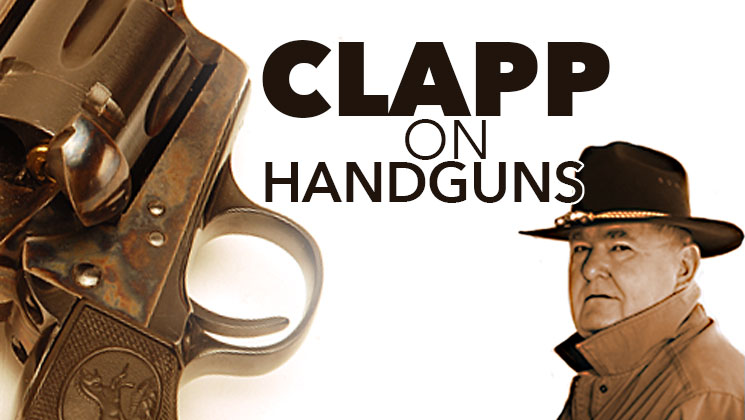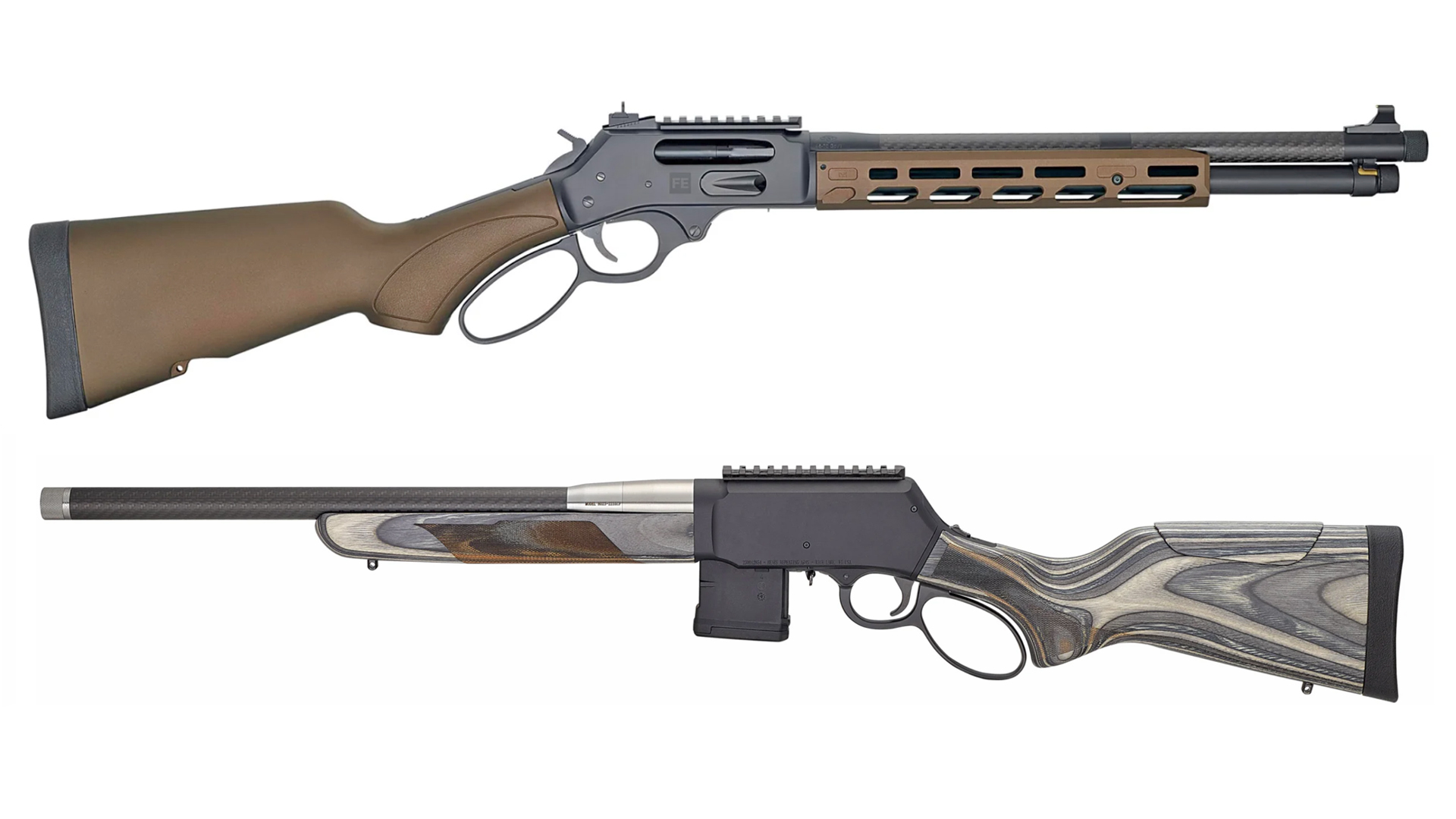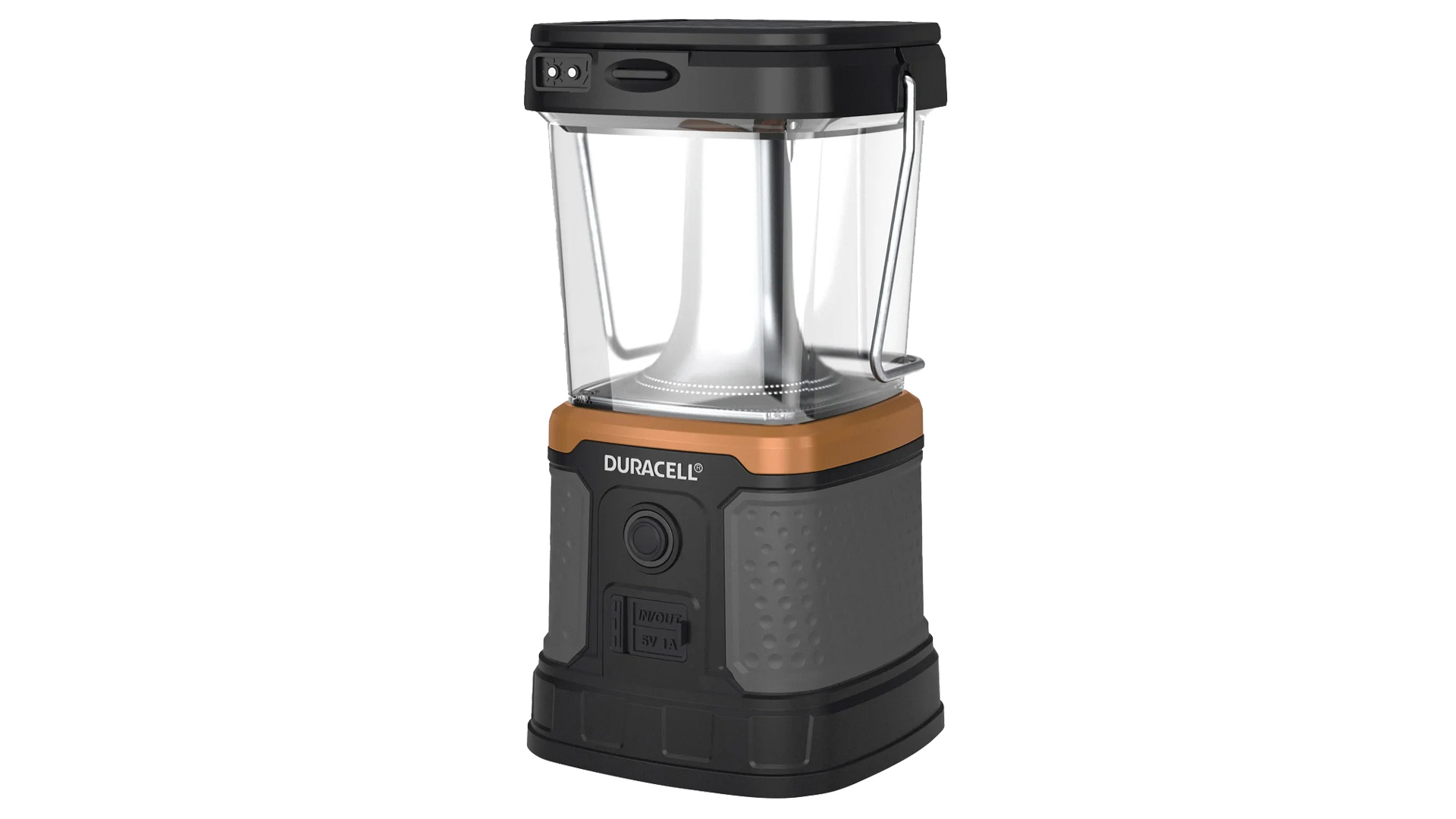
The course of fire known as the PPC was developed to give peace officers a more realistic training experience than the bullseye courses that used to be in police basements all across the country. For administrative reasons, the Practical Pistol Course needed several important characteristics. It had to be easy to run and require a minimum of space. Also, there was a need for an easy-to-score system and a minimum of range staff. There was a bit of fiddling around with the course, but it eventually settled into a routine with stages as 7, 15, 25 and 50 yards. All you needed was a flat piece of ground with a berm to contain the bullet strikes and lines at the four ranges. After my Marine service, I started shooting this course for qualification and in competition. I fired it early and often, shooting the course probably 1,000 times in the years I was a deputy sheriff. It was fun meeting other officers on the competition circuit and my revolver skills improved along the way. Eventually, however, the use of the PPC course as a competition device produced some problems.
Intended as a qualification and training tool, the PPC simulated combat conditions. It offered generous time limits and huge scoring rings on the old Colt target. In no time at all, the good shooters began to take their time and run the course “clean” with no misses at all. Therefore, for competition use, they began to use a Prehle target with the same oversized silhouette and Olympic rapid fire scoring rings thereon. This spread the scores out nicely and running clean was more difficult—much better for scoring. But it was not realistic in times distances and scoring, as was the original intent. At this point, a new piece of equipment came along—the PPC revolver.
Made on stock Colt, Ruger or (most commonly) Smith & Wesson .38 revolvers, the PPC revolver was built by gunsmiths specifically for competition. It was never used for on-duty purposes, as it was prohibitively heavy. That’s because the first thing the revolversmith did was unscrew the original barrel and toss it in his parts bin. He then took a premium barrel blank from Douglas or another top barrelmaker and threaded it to fit the frame. Usually, the barrel had a fast 1:14-inch twist, which worked perfectly with the almost recoilless 148-grain LWC ammo in use. With a heavy outer contour, this barrel made the gun so heavy that it was easy to shoot. Topped by a heavy rib and precisely-adjustable sights, the only remaining things were upgraded grips and a flawless action job. It may have been unrealistic, but the better PPC smiths made guns that took the plain service revolver to a performance level never seen before.



















![Auto[47]](/media/121jogez/auto-47.jpg?anchor=center&mode=crop&width=770&height=430&rnd=134090788010670000&quality=60)
![Auto[47]](/media/121jogez/auto-47.jpg?anchor=center&mode=crop&width=150&height=150&rnd=134090788010670000&quality=60)
















